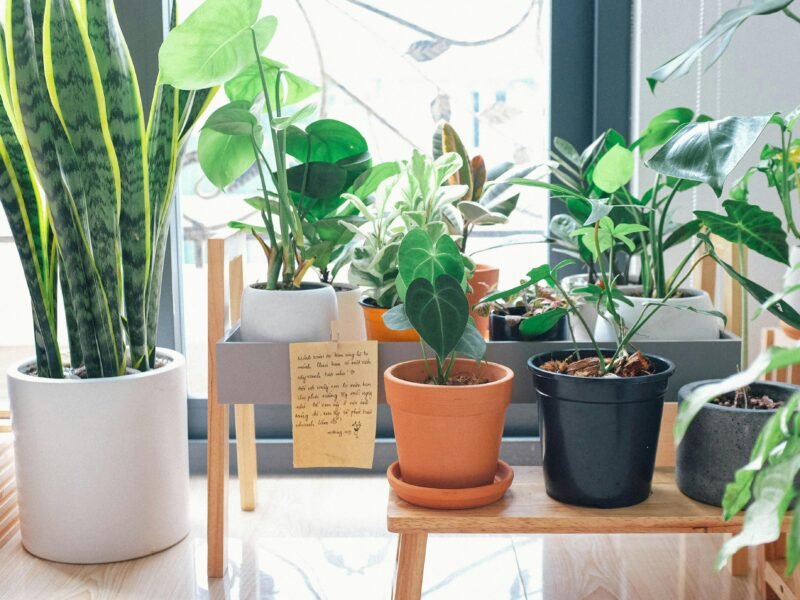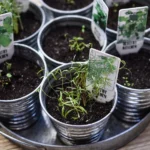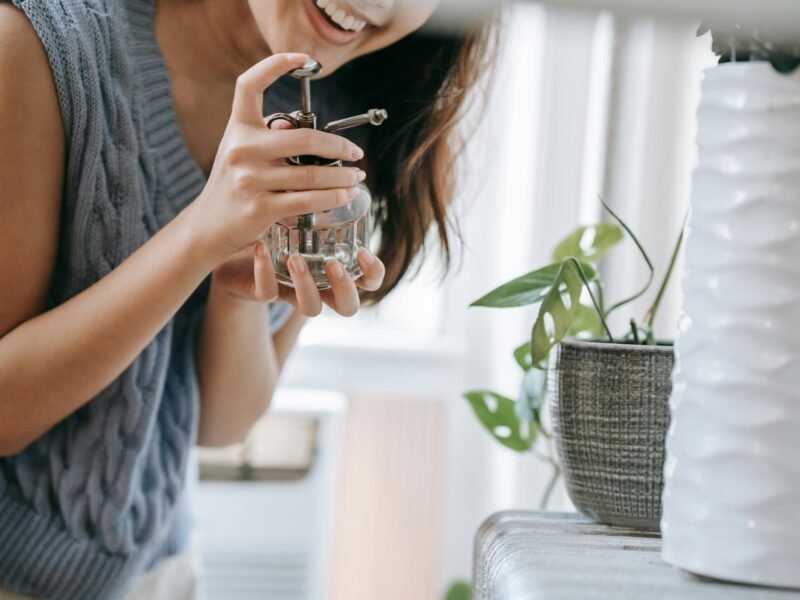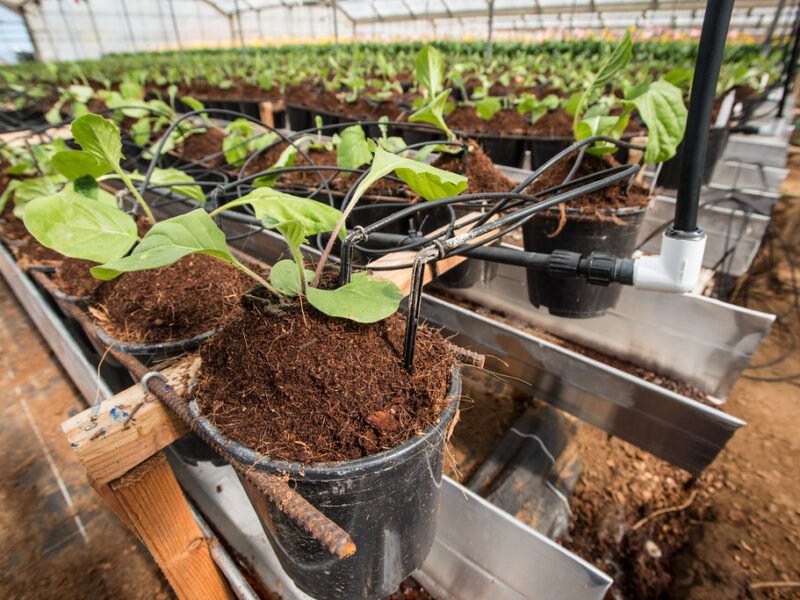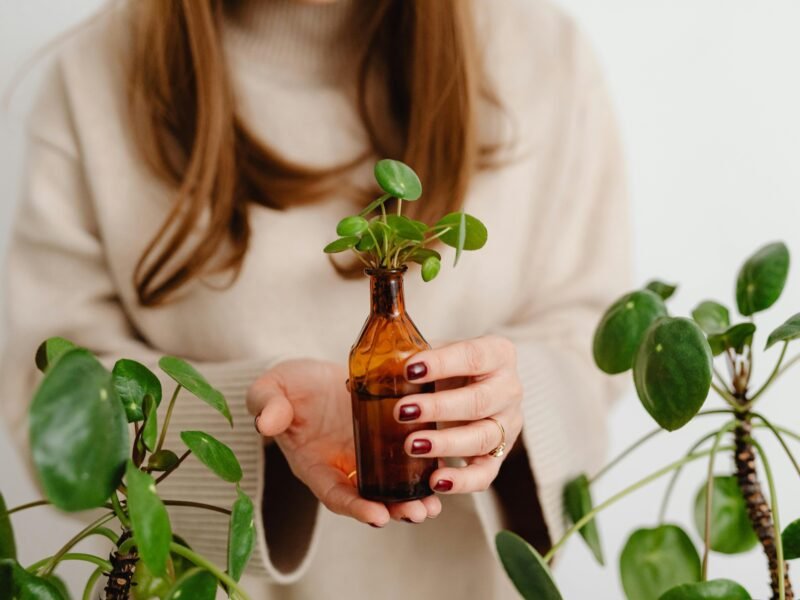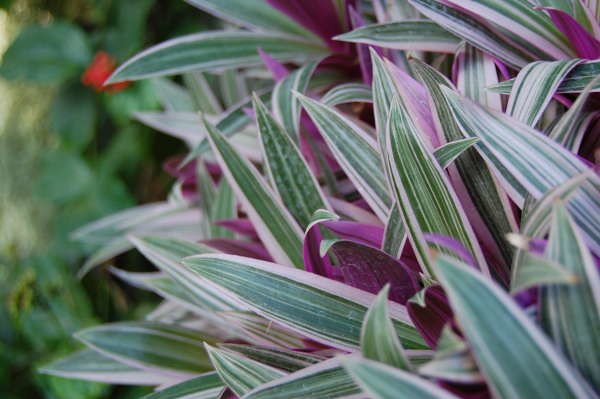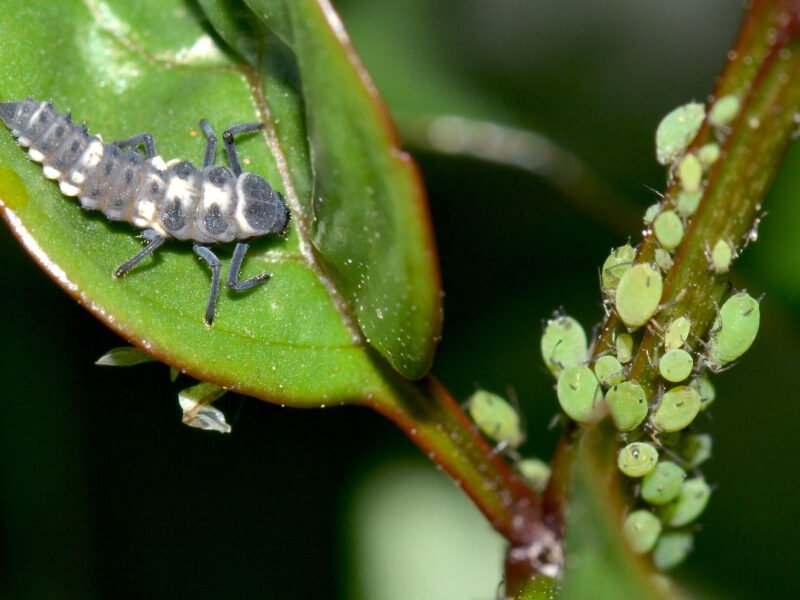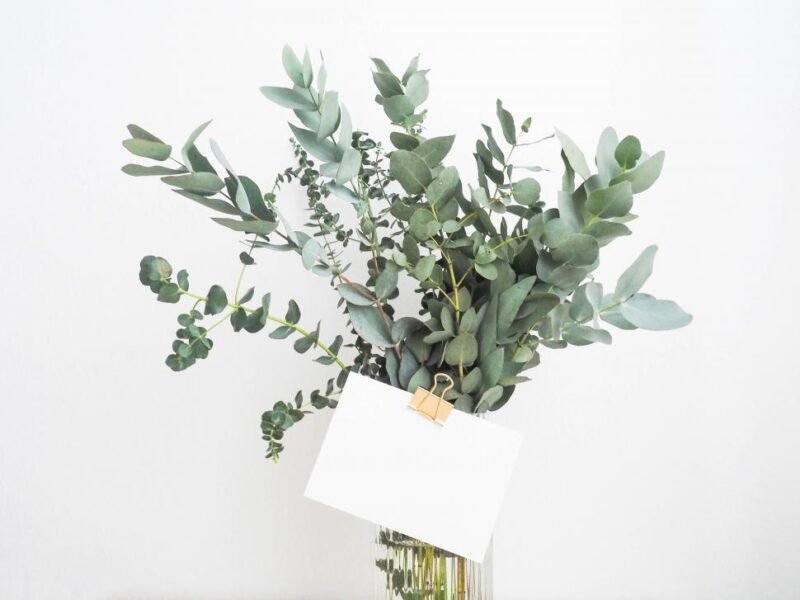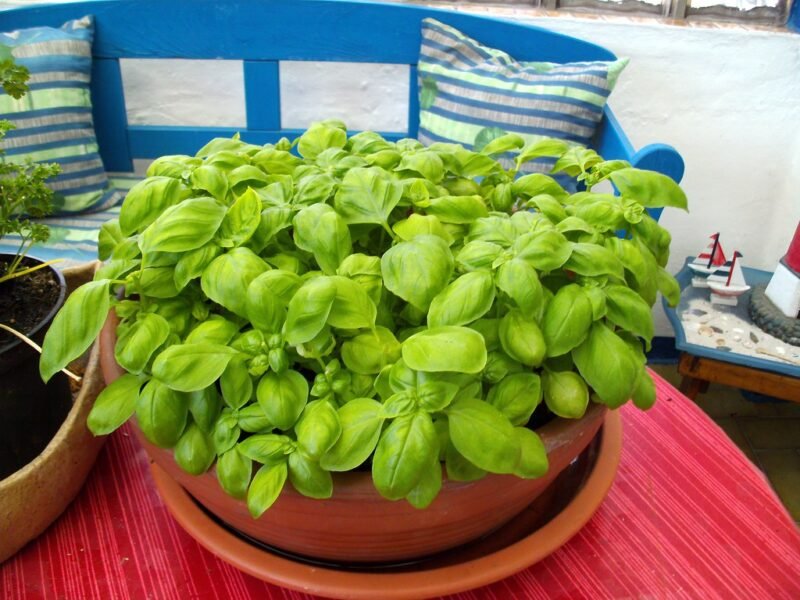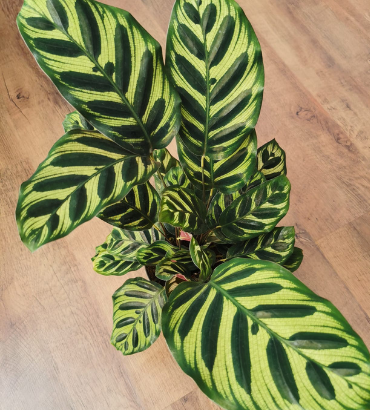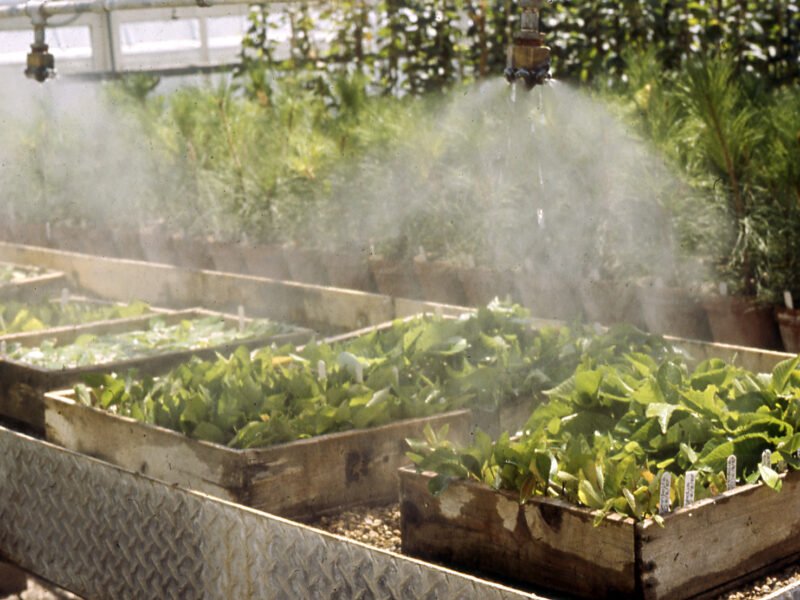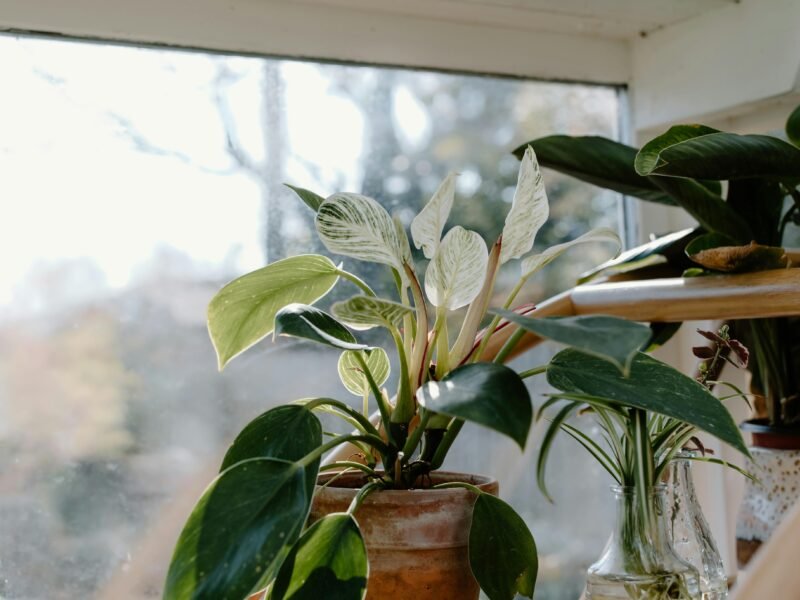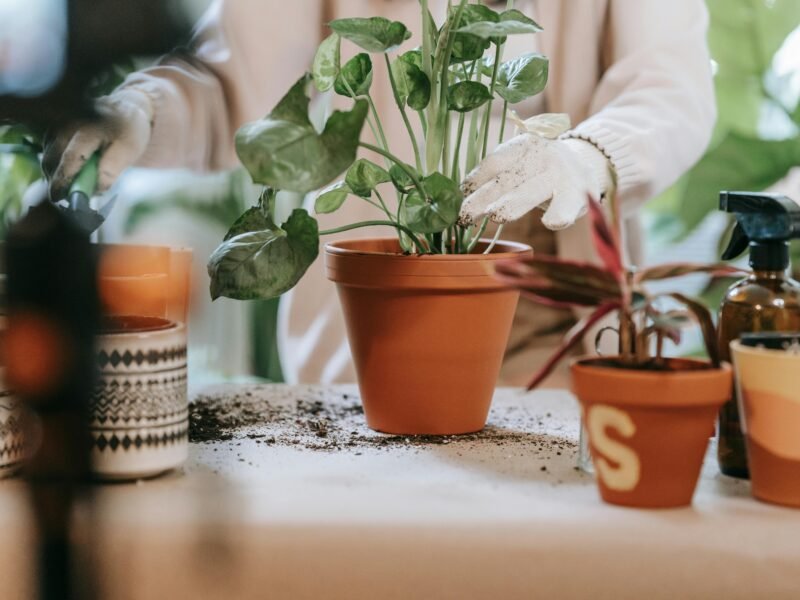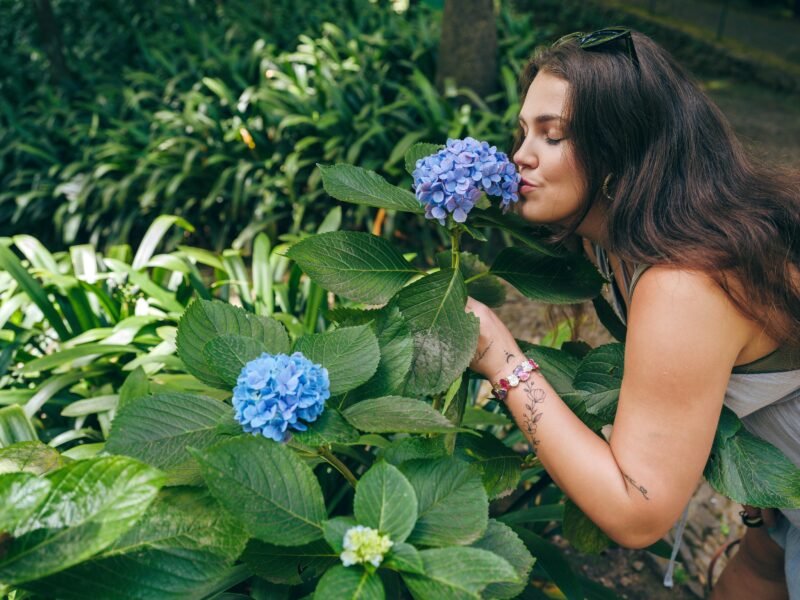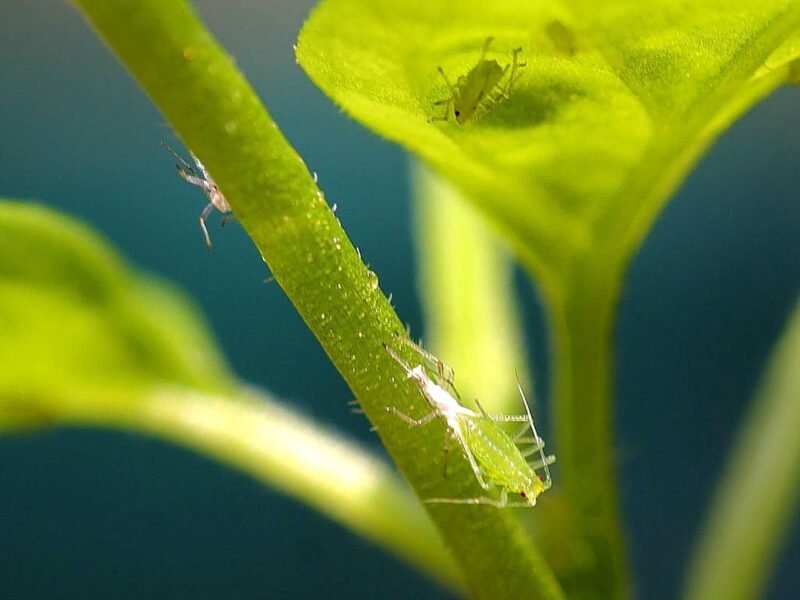Caring for indoor green plants can be satisfying for those who enjoy a bit of greenery, as they bring a touch of nature and peace into the comforts of your home. But it also comes with a set of challenges that can trip up even the most committed plant collector. Balancing lighting conditions, and correcting pest and disease issues. Growing and keeping healthy indoor green plants requires a proactive approach to every aspect. In this post, let’s discuss some universal problems we face with indoor green plants and how to deal with them. We will address issues such as insufficient light, too little or excessive watering, and poorly constructed soils, as well as problems caused by pest activity and fungal diseases.
These are some of the most common pitfalls, and how to avoid them will go a long way in setting up your indoor garden for success. Whether it is yellowing leaves, stunted growth, or a random plant suddenly taking a holiday, my guide is to give you some insight and practical solutions to help navigate these problems. Those with good knowledge and approach can transform indoor space into a thriving oasis of green, free from its typical terrors.
Table of Contents
ToggleLighting Issues
Challenge: Deficiently or plan light is one of the basic challenges for indoor green plants care. Different plants have moving light necessities, and finding the right altar can be dubious, especially in spaces with limited ordinary light.
Solution:
Assess Light Necessities: Examine the specific light needs of each plant you have. A few thrive in shining, circuitous light (e.g., creepy crawly plants, pothos), though others incline toward moonlight conditions (e.g., wind plants, peace lilies).

Placement Method: Put light-loving indoor green plants near windows with adequate sunshine presentation, though low-light plants can be arranged progressively or in shaded corners.
Supplemental Lighting: Consider utilizing creative lights to supplement characteristic light, especially in rooms with deficient sunlight.
Overwatering and Underwatering
Challenge: Watering botches are common and can have ruining impacts on plant prosperity. Overwatering leads to root rot and infectious issues, while underwatering causes shriveling and supplement deficiencies.
Solution:
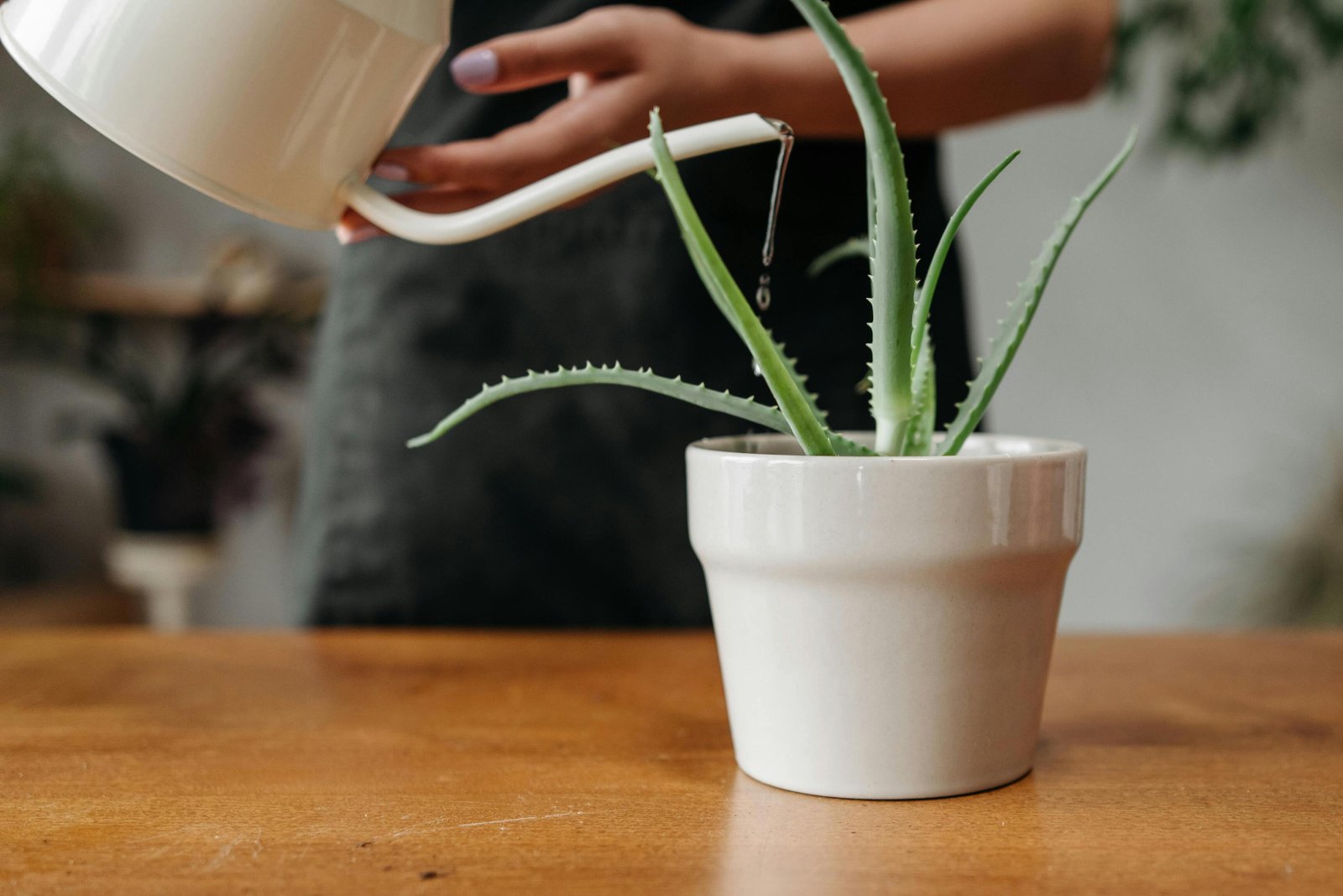
Understand Watering Needs: Learn the watering slants of your indoor green plants, some slant toward dependably drenched soil, while others slant toward to dry out between waterings.
Check Soil Moistness: Utilize your finger or a clamminess meter to choose when plants require water. Soil should be damp but not waterlogged.
Establish an Arrange: Make a watering arrangement based on plant sort, season, and environment. Modify repeat during periods of tall mugginess or drought.
Mugginess Control
Challenge: Various indoor circumstances have moo mugginess levels, which can extend tropical indoor green plants to sticky climates.
Solution:
Humidity Plate: Put plants on plates filled with stones and water to make a sticky microclimate around them.
Misting: Routinely haze plants with water to increase mugginess, especially in dry winter months.
Grouping Plants: Cluster plants together to ordinarily increase stickiness levels around them.
Temperature Extremes

Challenge: Instabilities in temperature, drafts, and closeness to warming or cooling sources can impact indoor green plants improvement and health.
Solution:
Temperature Checking: Keep an eye on indoor temperatures and keep up a vital part separate from setting plants near drafty windows, and radiators, or examining conditioning units.
Seasonal Modifications: Amid exceptional temperatures (hot or cold), move plants missing facilitating sources of warm or cold drafts.
Insulation: Utilize assurance materials around pots during winter to guarantee roots from cold.
Bugs and Diseases
Challenge: Indoor green plants are defenseless to bugs such as frightening crawly bugs, aphids, and mealybugs, as well as illnesses like fine buildup and infectious infections.
Solution:
Regular Evaluation: Routinely check plants for signs of bugs (e.g., webbing, sticky buildup) and contamination (e.g., yellowing clears out, mold).
Natural Cures: Utilize typical cures like neem oil or insecticidal cleanser to treat bothers, evading unfeeling chemicals that can harm plants.
Isolation: Disconnect affected plants to dodge bugs or contamination from spreading to others.
Supplement Deficiencies
Challenge: Over time, indoor plants can debilitate supplements from their planning mix, driving to insufficiencies that appear as ruined advancement, yellowing clears out, or down-and-out flowering.
Solution:
Fertilization: Utilize a balanced fertilizer characterized for indoor plants to reestablish essential supplements. Take after illuminating carefully to keep up a vital, separation from over-fertilizing.
Seasonal Changes: Change fertilization repeats based on plant advancement stages (e.g., more during energetic advancement, less in dormancy).
Soil Testing: Sometimes test soil pH and supplement levels to modify fertilization accordingly.
Planning and Repoting Issues
Challenge: Choosing the right pot to assess, sort of planning mix, and knowing when to report can influence plant prosperity and growth.
Solution:
Pot Assurance: Select pots with squander holes to maintain a strategic distance from waterlogging. Select a degree that grants root advancement without over the best soil moisture.
Potting Mix: Utilize a well-draining planning mix fitting for the plant sort (e.g., cacti and succulents require sandy mixes, while tropical plants slant toward peat-based mixes).
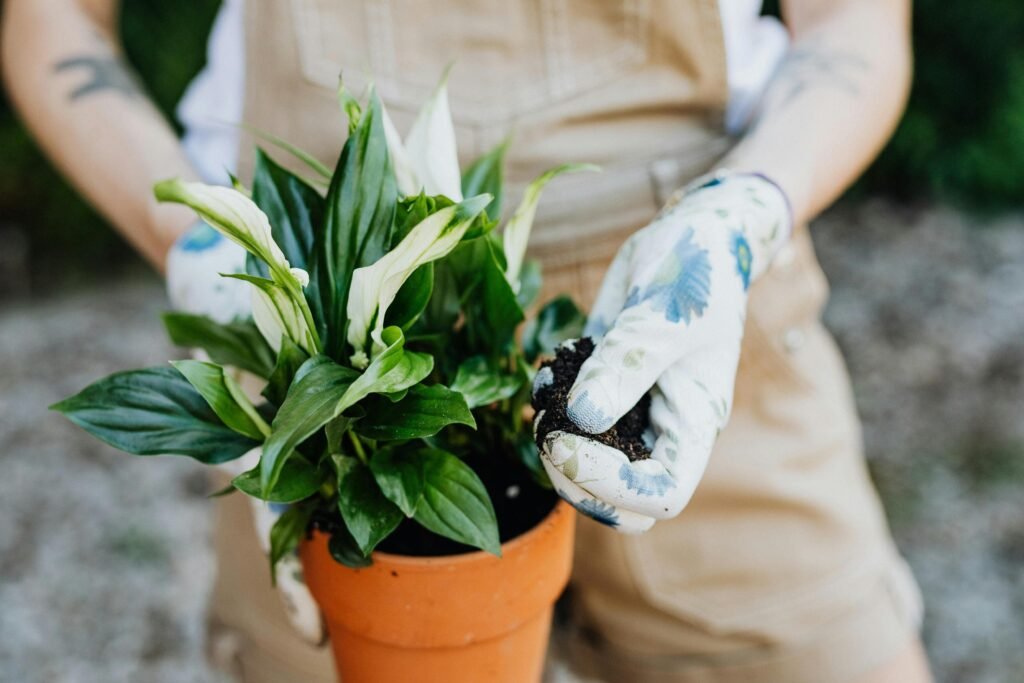
Repotting Timing: Screen root advancement and consider repotting when roots surpass the pot or when the soil gets to be compacted. Find out more about potting here.
Normal Adjustments
Challenge: Indoor circumstances can modify inside and out with seasons, impacting light levels, stickiness, and temperature.
Solution:
Seasonal Care Plan: Alter care plans (watering, fertilizing, arranging) to normal changes in light and temperature.
Winter Security: Shield plants from cold drafts and lessen watering repeat during winter months.
Summer Care: Increase watering and mugginess levels during hot summer months, and guarantee plants from facilitating sunshine if necessary.
Caring for indoor green plants is a satisfying inclusion that requires mindfulness and data. By understanding and tending to common challenges such as lighting issues, watering botches, stickiness control, temperature extremes, bugs and ailments, supplement insufficiencies, planning concerns, and normal changes, you can make a thriving indoor development. Each plant has its claim slants and needs, so observing and responding to their necessities will ensure they not as it were survive but thrive in your indoor spaces. With resilience, sharpness, and a bit of green-thumb intuition, you can appreciate the brilliance and benefits of sound indoor plants year-round. You may like to know more about common challenges for indoor green plants here.
Most Viewed
Latest Articles


